Off-Road Dampers Front: Unlocking the Core Performance Code for Extreme Road Conditions
 2025.09.01
2025.09.01
 Industry News
Industry News
In the world of off-road driving, the performance of Off-Road Dampers Front plays a crucial role in a vehicle's ability to confidently navigate rugged mountain roads, gravelly deserts, and other extreme environments. Beyond powerful power and a sturdy chassis, the performance of Off-Road Dampers Front often plays a decisive role. As the key component connecting the vehicle frame to the front wheels, the front shock absorbers not only fulfill the fundamental function of cushioning ground impact but also maintain wheel grip and vehicle stability in complex road conditions, even directly impacting the driver's confidence in vehicle control. For those pursuing the ultimate off-road experience, a set of high-performance front shock absorbers is like the "invisible wings" for conquering the wilderness.
Off-Road Dampers Front: The "First Line of Defense" for Off-Road Performance
In off-road scenarios, the front wheels are often the first to contact obstacles. Whether it's a steep slope, a jagged rock, or a ravine of varying depths, they all generate instantaneous impact forces. The core function of the front shock absorbers is to quickly absorb and dissipate this impact energy through damping, preventing vibration from being directly transmitted to the vehicle body. Unlike shock absorbers used in urban driving, off-road front shock absorbers must cope with greater impact intensity and frequency, requiring them to possess enhanced fatigue resistance and dynamic adjustment capabilities.
From a mechanical perspective, the operating state of the front shock absorber directly impacts the vehicle's front wheel alignment parameters. When driving on uneven surfaces, if the shock absorber fails to promptly suppress spring rebound, parameters such as the front wheel's camber and toe angles will fluctuate frequently, reducing the tire's contact patch and grip. This instability can lead to dangerous situations such as skidding and tailspin during high-speed off-road driving. Therefore, high-quality off-road front shock absorbers must provide precise damping control in both the compression and rebound stages, ensuring constant wheel contact and consistent driving force and steering response.

Off-Road Dampers Front Core Technology Analysis
The key factors determining front shock absorber performance lie in the damping structure and material craftsmanship. Currently, mainstream off-road front shock absorbers mostly feature a two-way adjustable damping design. By adjusting the opening of the compression and rebound valves, the damping coefficient can be flexibly adjusted to suit different road conditions (such as mud, desert, and rocky terrain). On soft surfaces, reducing damping allows the wheel to sink more easily and gain sufficient grip; on hard, rocky surfaces, increasing damping effectively cushions impacts and protects the suspension system.
High-performance off-road front shock absorbers typically utilize chrome-plated alloy cylinders with wear-resistant seals to withstand the erosion of sand, dust, mud, and water in harsh environments. The internal fluid is often a specialized shock absorber oil with high temperature stability. This ensures that the oil does not lose viscosity due to excessive temperatures during prolonged, high-intensity operation, thereby maintaining stable damping performance.
Front shock absorber installation and adjustment are also crucial. The hardness of the bushings connected to the vehicle body and the shock absorber mounting angle can affect its operating efficiency. Professional off-road modification specialists will custom-tune the front shock absorbers based on the vehicle's curb weight, suspension travel, and other parameters to achieve the optimal balance between vehicle stability and wheel contact.
How to choose and maintain off-road front shock absorbers?
For off-road enthusiasts, choosing a front shock absorber depends on their driving scenarios and the degree of vehicle modification. If light off-roading is your primary focus, a model with basic two-way damping adjustment will suffice. If you frequently challenge extreme road conditions, you should pay attention to the shock absorber's maximum damping force, stroke length, and heat dissipation design. Brand reputation and after-sales service are also crucial. Products from reputable brands often undergo rigorous field testing, ensuring higher quality.
For routine maintenance, clean the front shock absorber surface of any debris after each off-road trip, inspect the cylinder for scratches, and check the seals for leaks. Regularly (usually every 5,000 kilometers) check the tightness of the connecting bolts to prevent loosening that could cause malfunctioning of the shock absorber. If you notice unusual noises or noticeably weakened damping in the shock absorbers, they should be replaced promptly to avoid compromising the vehicle's handling and safety.

Off-Road front dampers may not be the most visible component on a vehicle, but they are the unsung heroes that determine off-road performance. Through precise damping control, they maintain stability and agility in complex road conditions, giving the driver the confidence and confidence to navigate obstacles. With the continuous advancement of off-road technology, front shock absorber design is also constantly innovating, evolving from mechanical adjustment to electronic adaptive control, from single-function to integrated multi-road condition modes, pushing the boundaries of performance. For every off-road enthusiast, understanding and valuing the role of front shock absorbers, choosing the right ones, and maintaining them effectively will ensure every off-road adventure is both enjoyable and safe.
 EN
EN  English
English Español
Español


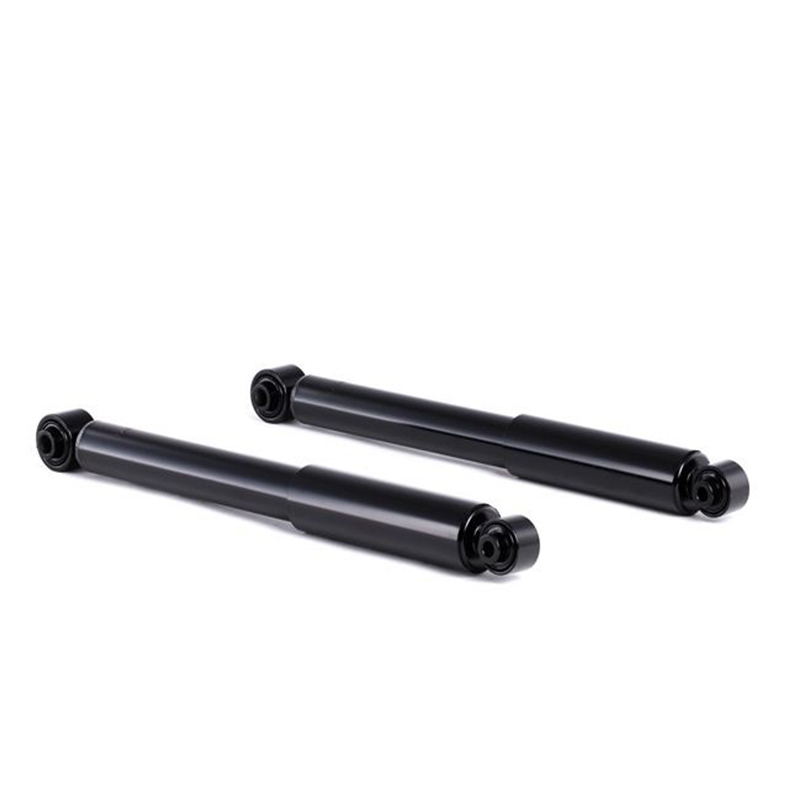
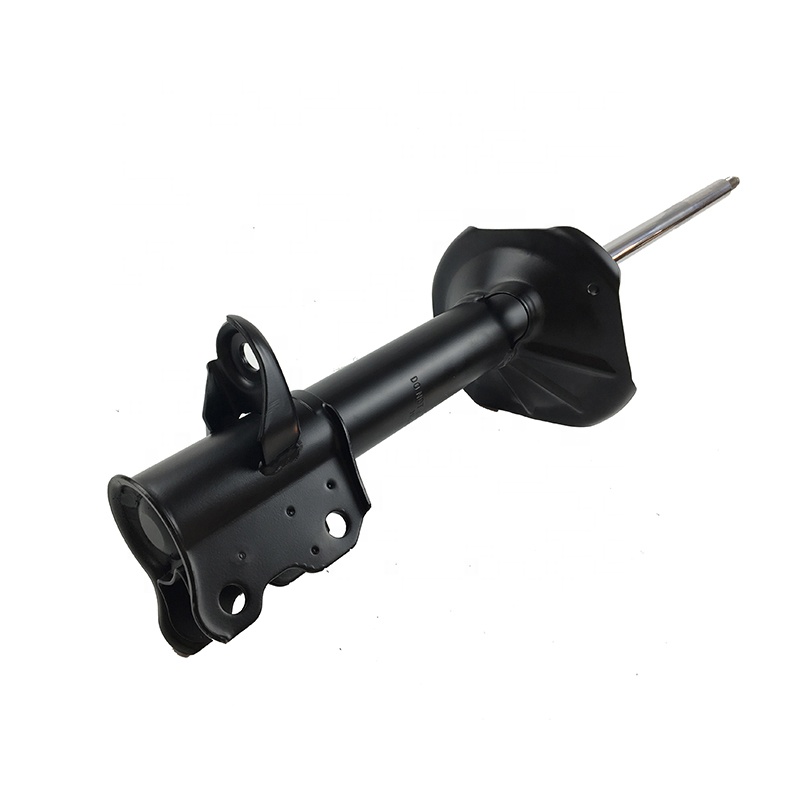
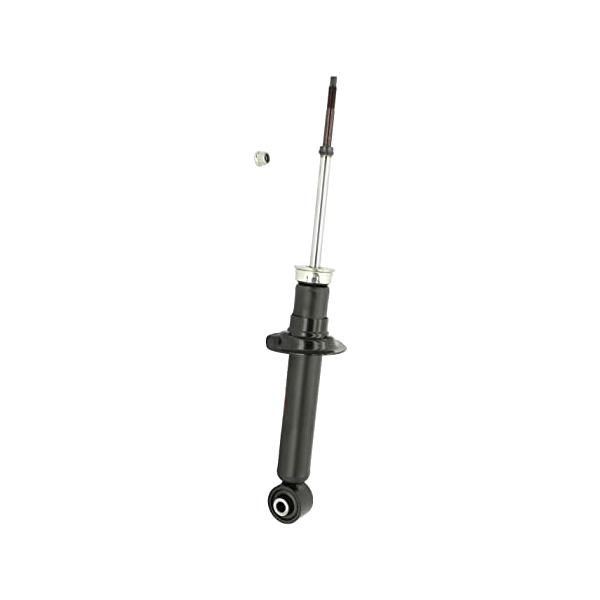
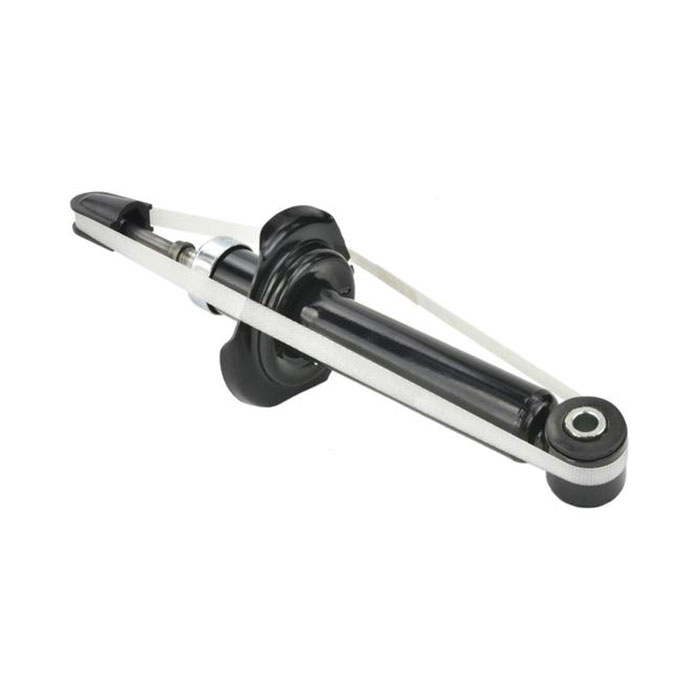
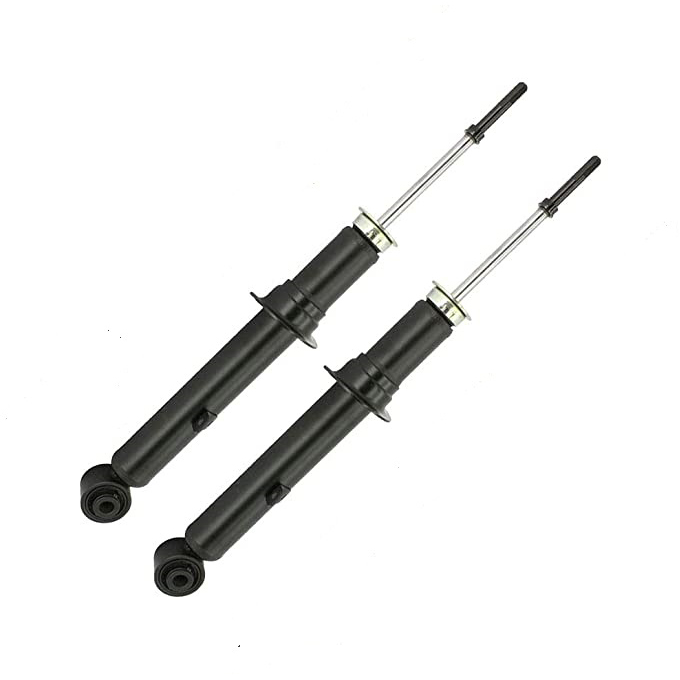
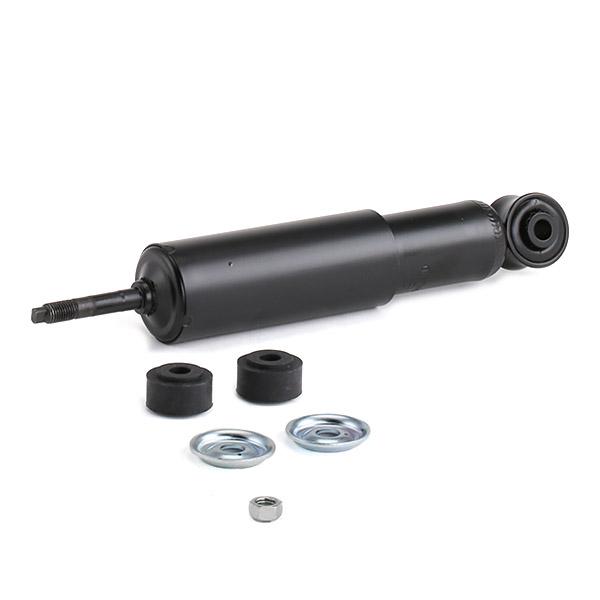
 +86-13757453333
+86-13757453333  +86-572-8355557
+86-572-8355557  Caroline@gerep.cn
Caroline@gerep.cn  No. 36, South Zhenxing Rd., Zhongguan Town, Deqing County, Huzhou, Zhejiang, China
No. 36, South Zhenxing Rd., Zhongguan Town, Deqing County, Huzhou, Zhejiang, China 